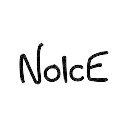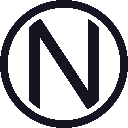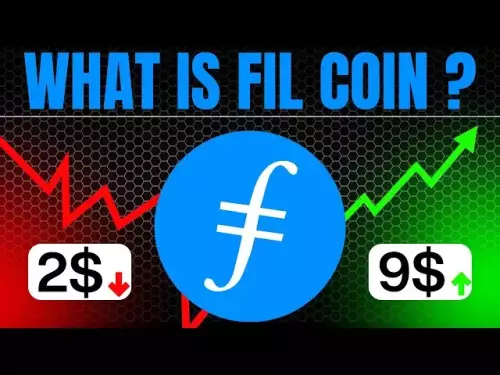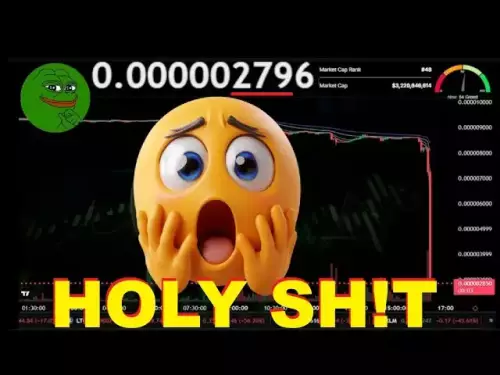 |
|
 |
|
 |
|
 |
|
 |
|
 |
|
 |
|
 |
|
 |
|
 |
|
 |
|
 |
|
 |
|
 |
|
 |
|
Cryptocurrency News Articles
Tron (TRX) Network: Empowering Creators and Developers with Scalable Tech and a Growing Blockchain Ecosystem
May 20, 2025 at 07:20 pm
As blockchain systems evolve beyond simple cryptocurrency transactions, Tron is positioning itself as a blockchain-based digital platform

Tron is a blockchain-based digital platform launched in 2017 by Justin Sun to transform how content is created and consumed online.
Initially conceived to disrupt the entertainment sector, Tron now provides the infrastructure for DeFi, NFT, and digital identity services, offering a scalable blockchain and an alternative to centralized platforms.
This guide explores how the Tron network works, its native token TRX, governance model, and role in Web3.
What is Tron?
Founded by entrepreneur Justin Sun, Tron is a blockchain network that aims to decentralize the internet and empower creators with new technologies.
The project began in 2014 with the goal of disrupting the centralized platforms used for streaming music, video, and other types of content.
Instead of paying a third party like YouTube or Spotify, viewers and listeners would directly support the creators they enjoy, and creators would retain full control over how they distribute and monetize their work.
To support this vision, the Tron Foundation — a non-profit organization headquartered in Singapore — was established to lead the technical development of the Tron protocol, coordinate global community growth, and form partnerships that would bring real-world utility to the ecosystem.
After two years of focused development, the Tron main net launched in June 2018, marking the network’s transition from the Ethereum blockchain—where it initially operated as an ERC-20 token—to its own blockchain with Tron’s native token, TRX.
At the time, the network was capable of processing 2,000 transactions per second with minimal gas fees, making it accessible to content consumers and creators.
At its core, the Tron network works to establish a decentralized platform where users own their data, and the community helps govern its evolution. This vision continues to attract a growing ecosystem of developers, users, and validators — all contributing to a network designed for the next generation of content and entertainment.
The Origins of Tron (TRX) and Justin Sun
The creation of Tron was fueled by a growing dissatisfaction with centralized digital platforms that dominate the internet, especially in the entertainment sector.
Visionary entrepreneur Justin Sun launched Tron in 2017 to return control over content, data, and value to individual users and creators.
Already known for his work with Ripple and founding the social app Peiwo, Sun envisioned Tron as the foundation for a more democratic and decentralized internet that would challenge the monopolistic grip of tech giants like Google, Apple, and Meta.
To support this bold initiative, the Tron Foundation, a non-profit organization headquartered in Singapore, was established in 2017. Its role was to lead the technical development of the Tron protocol, coordinate global community growth, and form partnerships that would bring real-world utility to the ecosystem.
Under Sun’s leadership, the foundation successfully launched Tron’s main net in 2018. It marked the network’s transition from the Ethereum blockchain, where it initially operated as an ERC-20 token, to its own blockchain with Tron’s native token, TRX.
A pivotal moment in Tron’s evolution came in late 2021, when the Tron Foundation was officially dissolved. Governance responsibilities were transferred to the Tron DAO, a decentralized autonomous organization powered by TRX holders.
This shift aligned with Tron’s original vision: to create a decentralized platform governed by its users, not corporate entities.
Through mechanisms such as staking TRX and voting, participants directly influence protocol upgrades, funding decisions, and strategic priorities — a model that reflects blockchain ideals and modern democratic governance.
Today, creating Tron is seen as a landmark moment in the history of blockchain platforms aimed at mass adoption. The community manages its circulating supply, validator elections, and blockchain state collectively, ensuring resilience and long-term sustainability.
Justin Sun’s role as a public figure has since evolved, but his influence remains embedded in the protocol’s DNA, from its focus on content creation to its commitment to giving users a direct stake in the digital economy.
Understanding the Tron Blockchain Architecture
The Tron software is built on a three-layered architecture — storage, core, and application. The storage layer handles complex data storage, including blockchain state and historical records.
The core layer executes smart contracts and uses a Delegated Proof-of-Stake (DPoS) mechanism to verify transactions and secure the network.
The application layer enables developers to create dApps through APIs. Its modular design makes Tron a scalable blockchain ideal for various sectors, especially the entertainment sector, where speed and low gas fees are essential.
The Role of TRX in the Tron Ecosystem
Tron's native token, TRX, is used for paying gas fees, which are minimal and designed to be easily covered by casual users and developers.
It is also used for electing Super Representatives, who maintain the network in the DPoS system. TRX holders can vote for candidates and contribute to the decentralized governance of the Tron ecosystem.
Gaining enough votes provides Super Representatives with the ability to validate transactions and add
Disclaimer:info@kdj.com
The information provided is not trading advice. kdj.com does not assume any responsibility for any investments made based on the information provided in this article. Cryptocurrencies are highly volatile and it is highly recommended that you invest with caution after thorough research!
If you believe that the content used on this website infringes your copyright, please contact us immediately (info@kdj.com) and we will delete it promptly.
























![Internet Computer Price Prediction [ICP Crypto Is A Hold?] Here’s Why Internet Computer Price Prediction [ICP Crypto Is A Hold?] Here’s Why](/uploads/2025/10/11/cryptocurrencies-news/videos/internet-computer-price-prediction-icp-crypto-hold/68e9ac40cf659_image_500_375.webp)





































